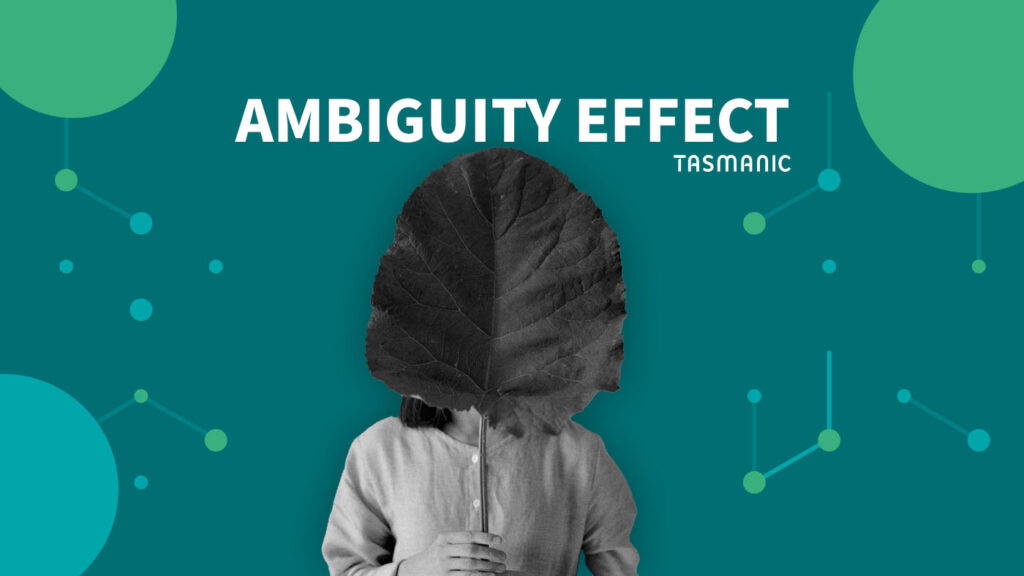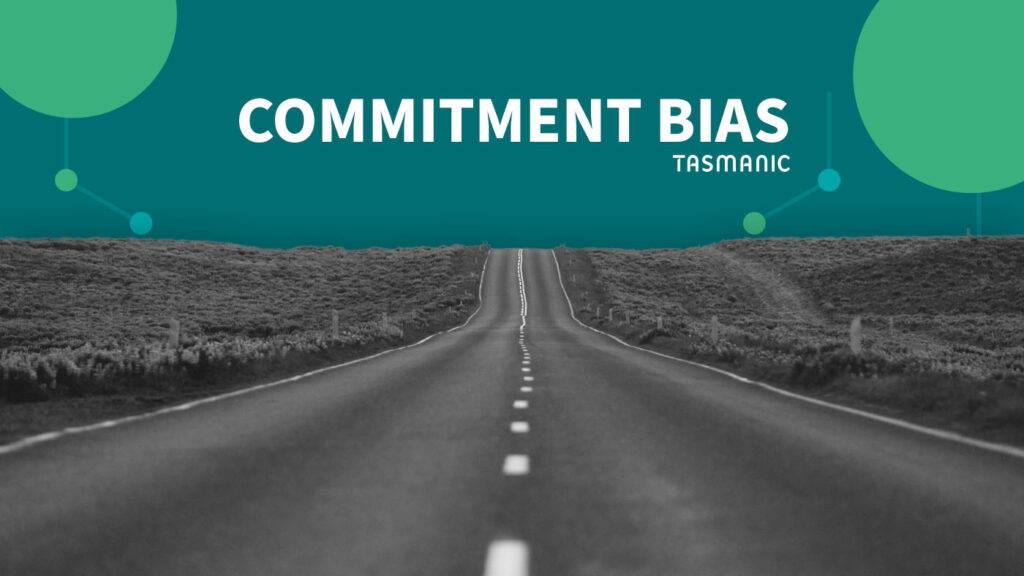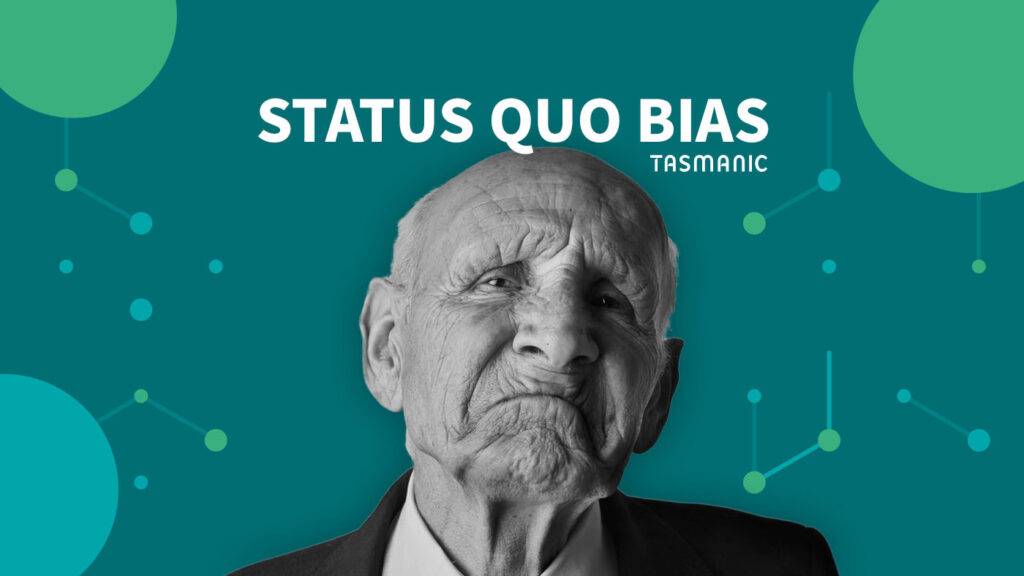
Introduction
Growth means change, but are entrepreneurs always willing to embrace these changes? They often cling to the current situation, even when it is not optimal. Take, for example, a collaboration partner who consistently fails to honor his agreements; finding a new partner seems too much of a hassle. This article is about this "status quo bias," a fallacy that can cost entrepreneurs a lot of money unnoticed.
What is the status quo bias?
The status quo bias describes our preference to leave things as they are, resulting in resistance to change (Samuelson & Zeckhauser, 1988).
'Status quo' represents the current state of affairs. By preferring to keep things as they are, you miss opportunities that could help you move forward. Important choices are not made based on rational arguments, but on what the status quo is.
How does status quo bias arise?
According to psychologists, there are two reasons why status quo bias arises.
First, we prefer the norm because of loss aversion and FOMO. When you choose the status quo, you know what the outcome will be. When you go for an alternative, you take a risk. Because loss hits twice as hard as the same gain, we don't always choose the best option.
Second, we prefer the norm so as not to be overwhelmed by a multitude of choices, each of which has an uncertain outcome. The more options we have to choose from, the more likely we are to choose the norm (Nebel, 2015).
And by not putting time and effort into going through all your options, you keep space in your mind for other, bigger things. This can be dangerous for important choices, but can also be efficient for everyday things. For example, you don't have to look at all the other breads every time you buy a loaf of bread; instead, you choose the one you know. It saves time, money and energy if you avoid making a choice. The norm or routine provides guidance.
Examples in practice
- You've been with the same energy supplier for years. Maybe it's cheaper somewhere else, but it takes so much time to figure it all out that you leave everything as it is.
- Implementing new ICT systems such as a new CMS, cash register system or adding a web shop to the website is not done even though it is clear that they can contribute to the achievement of business goals.
- When Netflix suddenly started restricting password sharing and use of the same account after years, its customer base remained surprisingly stable. Even though customers had to start paying an extra fee, they did not look for another streaming service.
- When you go to a restaurant you frequent and, despite looking at the menu all over again, you choose the same dish as always.
- Sticking to the same marketing approach for a long time. For example, we often see companies investing only in performance channels (SEO - SEA) because this has brought a lot of growth in the past. However, the growth that this can bring is limited; there will eventually be a need to invest in brand building as well.
Using the status quo bias to your advantage
As an organization and entrepreneur, you are constantly on the move. Under the influence of globalization and digitalization, changes follow each other ever faster. Move along and consider the status quo trap:
- Make switching as easy as possible for customers who want to switch to you. Make sure there is as little hassle as possible for the potential customer and communicate this clearly.
- Always establish clear, quantifiable requirements before entering into a major partnership. That way you can rationally assess partners and determine if something needs to change. Of course, you are free to deviate from them if circumstances call for it.
- Renew collaborations or subscriptions automatically. This raises the barrier to switching and it is then easiest to just stay.
- Are you an established name in the market where many new players are emerging? Then use reliability and proven quality in your positioning and communications. This positions you as a stable and reliable choice, or status quo.
Resources
Nebel, J. M. (2015). "Status quo bias, rationality, and conservatism about value." Ethics, 125(2), 449-476.
Samuelson, W. & Zeckhauser, R. (1988). "Status quo bias in decision making." Journal of Risk and Uncertainty, 1(1), 7-59.
Is your company missing opportunities?
Our pay is based on your results.















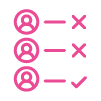

 Team
Team FAQ
FAQ Prices
Prices Vacancies
Vacancies Contact
Contact Marketing
Marketing SEO
SEO SEA
SEA Strategy
Strategy Sales
Sales Optimization
Optimization AWR
AWR Ahrefs
Ahrefs Channable
Channable ContentKing
ContentKing Leadinfo
Leadinfo Optmyzr
Optmyzr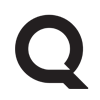 Qooqie
Qooqie Hubspot
Hubspot Semrush
Semrush



